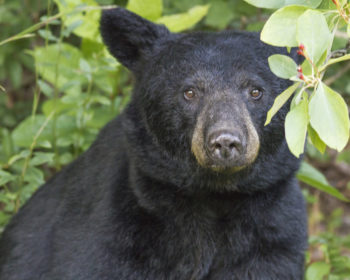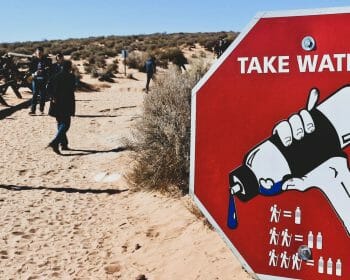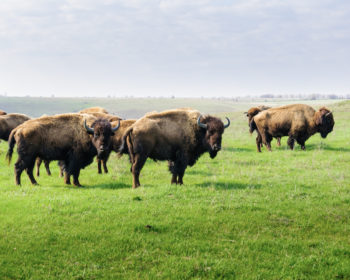Leave No Trace at Grand Teton National Park
Grand Teton National Park is home to some of America’s most iconic vistas. Make sure your trip is fun, safe and memorable by planning ahead and practicing Leave No Trace during your visit.
How to Plan a Low-Impact Trip to Grand Teton National Park
By: Alyssa Lucia
South of Yellowstone and north of Jackson lies Wyoming’s stunning Grand Teton National Park. With 310,000 acres of lush valleys, mountain lakes, alpine meadows, and the reaching peaks of the Teton Range, it’s no wonder this land has become an iconic destination for photographers, nature lovers, adventurers, and road trippers alike. With nearly 3.5 million yearly visitors, it’s truly the little things that go a long way in helping to keep the park pristine.
Trip Prep
Whether you’re planning a day trip to go sightseeing or staying overnight at one of Grand Teton’s six campgrounds, it’s useful to plan ahead and prepare. Grand Teton sees considerable weather change throughout the seasons, so what to bring will depend on the time of year, although it’s always a good idea to pack the 10 essentials. Knowing what to expect will help ensure your safety and minimize resource damage.
As for places to stay, the Grand Teton National Park offers lodges, cabins, and ranches in addition to campgrounds. There’s also lots of lodging to be found around Jackson Hole, which is about a 20 minute drive to the Craig Thomas Discovery & Visitor Center at the park entrance. Or take a shuttle into the park for an eco-friendlier option — this will save you the possible hassle of finding parking, too.
Pets are allowed on most paved areas of the park, but know they aren’t allowed on trails. As a part of your prep, consider brushing up on the Leave No Trace Pet Principles, which includes always bringing doggy bags to clean up after your pet.
Considerations for the Seasons
The park is open year-round with an abundance of activities for the whole family. For a glimpse into pioneer life in the late 1800s, check out Menors Ferry. In fall, go for a scenic drive and catch some gorgeous autumn hues throughout the park (but steer clear of idling your car at the overlooks — idling wastes gas and leads to CO2 pollution.) Winter’s snowy oasis offers prime conditions for cross-country skiing or a ranger-led snowshoe walk. This is also the best time to take some stunning pictures of the snow-covered landscape.
As temperatures rise in spring, wildlife begins to migrate. Elk, bison, deer, and moose are particularly active during this time. Oxbow Bend, Mormon Row, and Snake River are amazing places to view wildlife, but remember to observe from a distance: at least 100 yards from black bears, grizzly bears or wolves, and 25 yards from all other animals (do you know the thumb trick?). Respecting wildlife helps protect the animals as well as yourself.
Summer brings boatloads of fun things to do. Dip your toes in Jenny Lake and try paddling, fishing, floating, or book a boat tour! Bike the 14-mile Inner Park Loop. Explore 230 miles of hiking trails — Inspiration Point, Hidden Falls or Taggart Lake Trail are all rated easy and offer spectacular views. For a more strenuous hike with panoramic views and little slice of history, lace up your boots and head to Death Canyon. Leave No Trace tip: take a picture of the map so it doesn’t end up in the trash! Another important thing to remember while you hike is to leave what you find. Antlers, artifacts, or unique rocks might make neat decorations, but it’s illegal to remove them from national parks. Leaving natural items where they are allows others the chance to discover them, too.
Backcountry Basics
If you’re looking for a backpacking adventure, the Tetons backcountry is your place. This requires advanced planning when it comes to leaving a minimal impact. If you aren’t already, get familiar with the ins and outs of traveling and camping and durable surfaces. Natural surfaces respond differently to trampling, so stick to the trail, or rock, sand, or gravel if you venture off trail. Snow and ice are good options too, but take extra precautions and ensure snow is deep enough so as not to disturb the underlying vegetation.
Additionally, be prepared to dispose of waste properly. Correct disposal of human waste is essential in order to keep our water sources clean, reduce the risk of disease, and maximize the rate of decomposition. In the Tetons, it’s best to either carry out or bury your poop. Dig a cat hole at least 200 feet from water, trails, and camp — do your business in there, and cover it with natural materials when you’re done (this helps with decomposition.)
It’s best not to burn all kitchen trash and food scraps, but to carry them out instead. In fact, in order to minimize campfire impacts, avoid building a fire at all. To cook your meals, use a camp stove — they’re fast, flexible, and don’t require firewood.
Trail Etiquette
Finally, one of the most meaningful parts of outdoor ethics is to be considerate of other visitors. It’s possible that our own personal experience could negatively impact someone else’s experience. If you like to listen to music outdoors, lose the loud stereo and opt for earbuds instead — but keep in mind that you’ll still need to hear others who might be on the path with you. Brush up on your trail etiquette. And, maybe most importantly, smile! Joy is contagious, especially in a place as majestic as the Tetons.
Do you know the 7 Principles of Leave No Trace? You can help ensure Yosemite National Park remains one of America’s most cherished natural wonders for decades to come.
BLOG
Tips For Handling Crowds in Outdoor Spaces
Large amounts of visitors can also mean large amounts of impact and strain on these high profile places. We can help Leave No Trace and care for these areas by doing our part to spread out the crowd and knowing what to do when we encounter one.
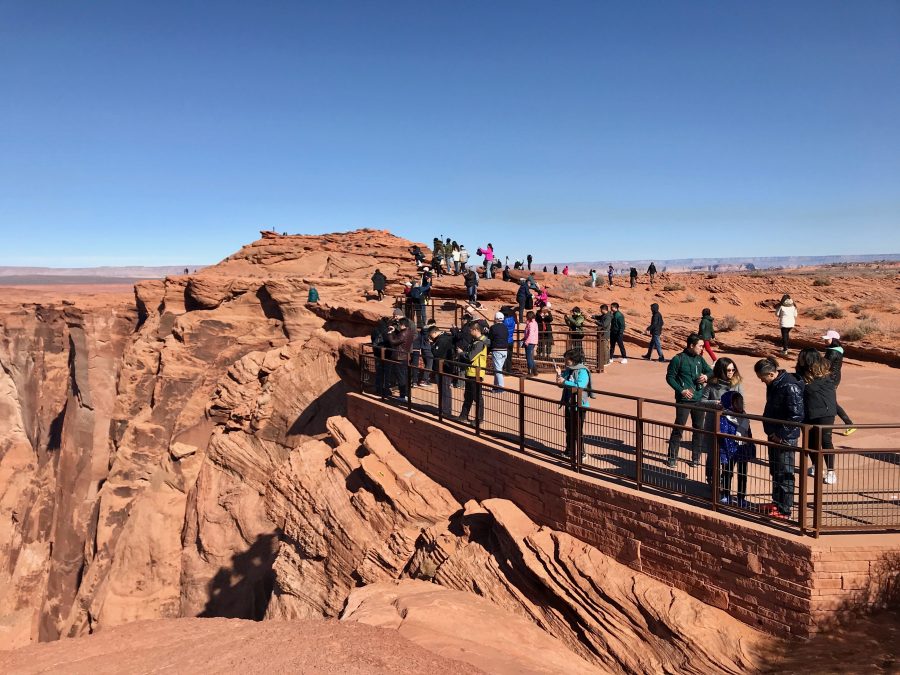
BLOG
5 Biggest Myths Hurting our Public Lands
These common misconceptions about how to act in the outdoors are actually hurting the places people like to visit.
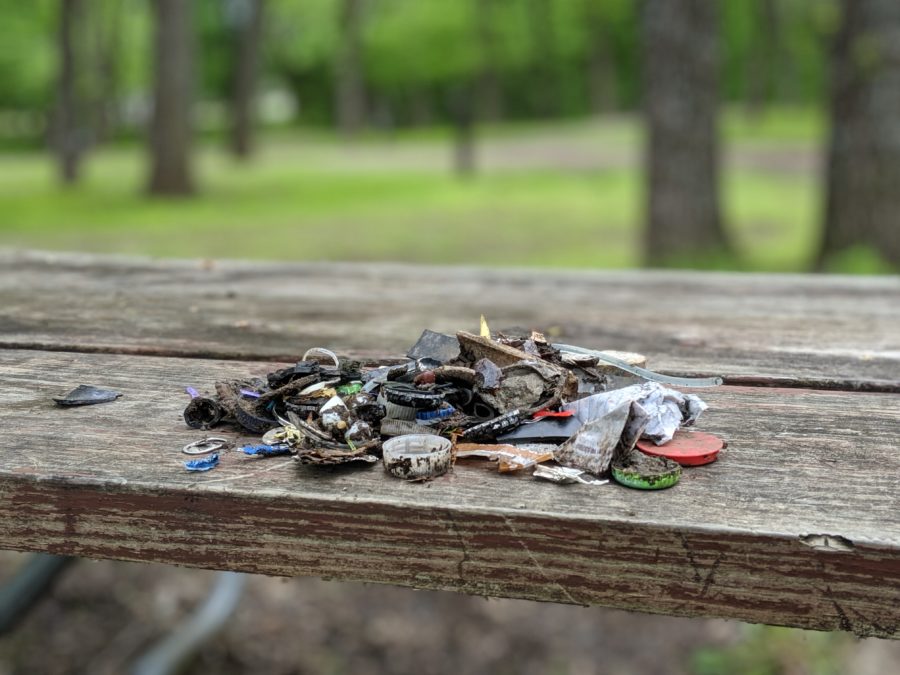
Let’s protect and enjoy our natural world together
Get the latest in Leave No Trace eNews in your inbox so you can stay informed and involved.

